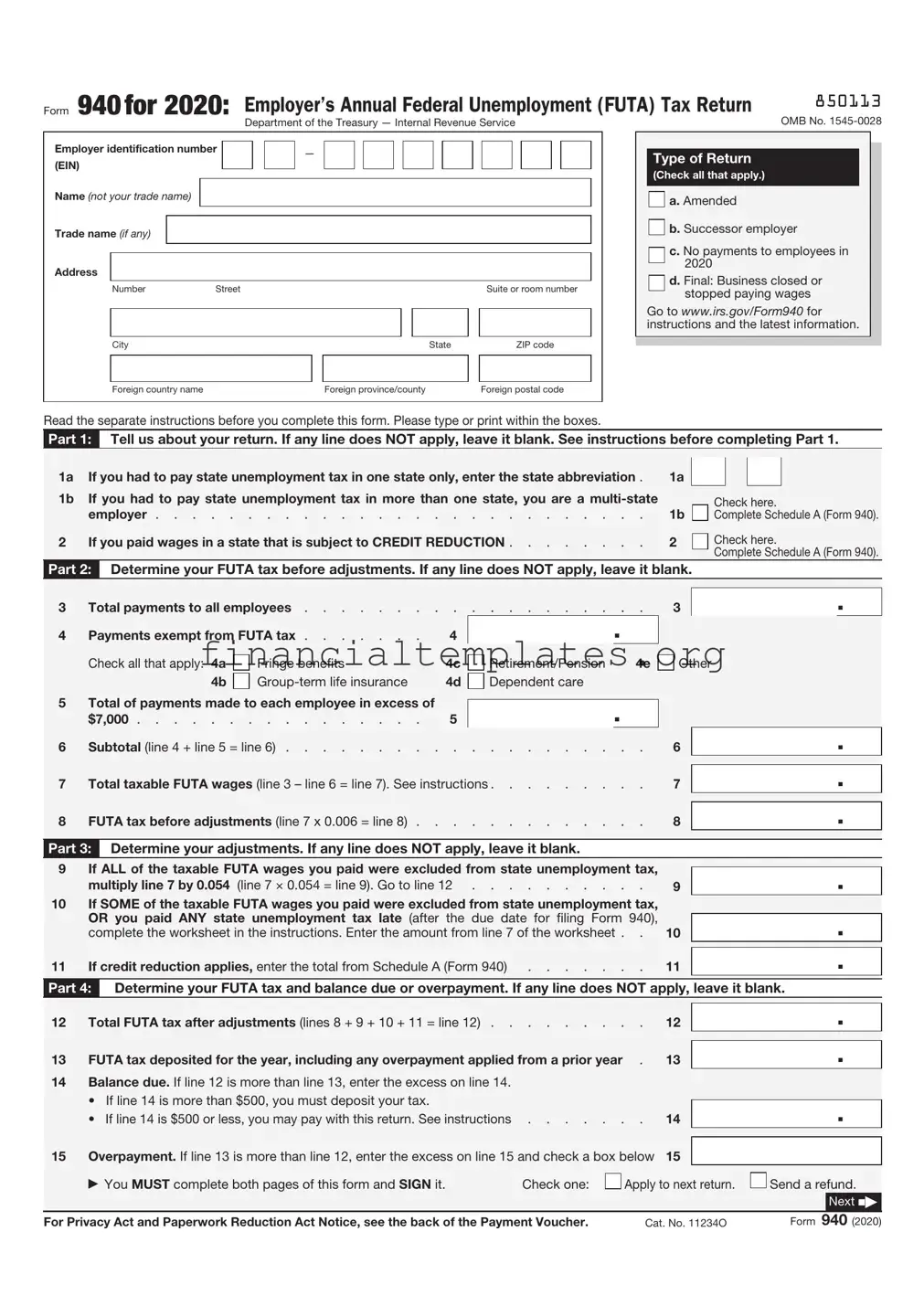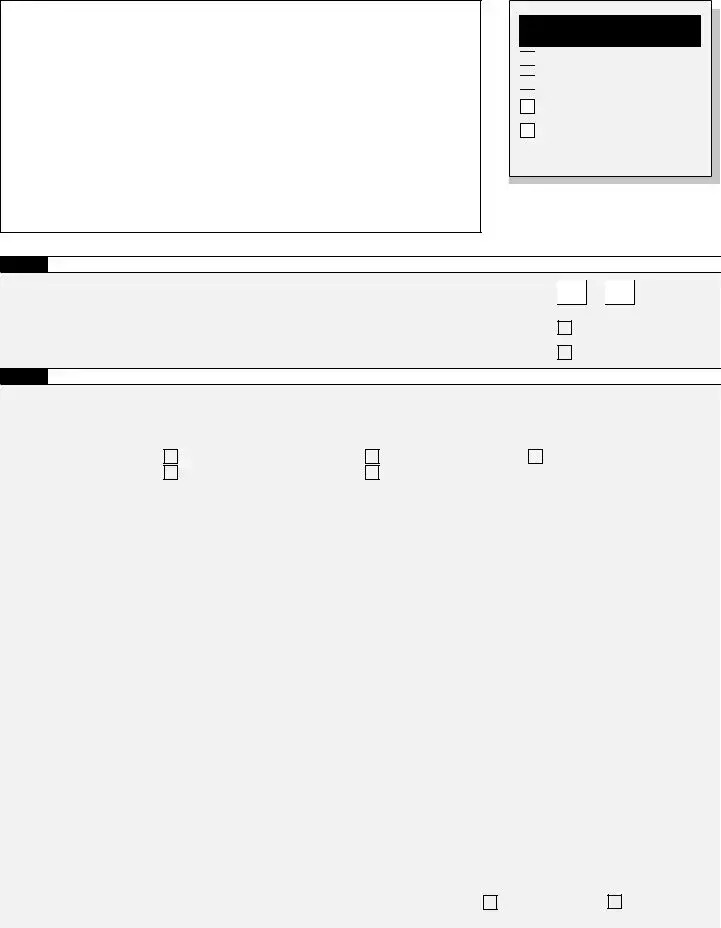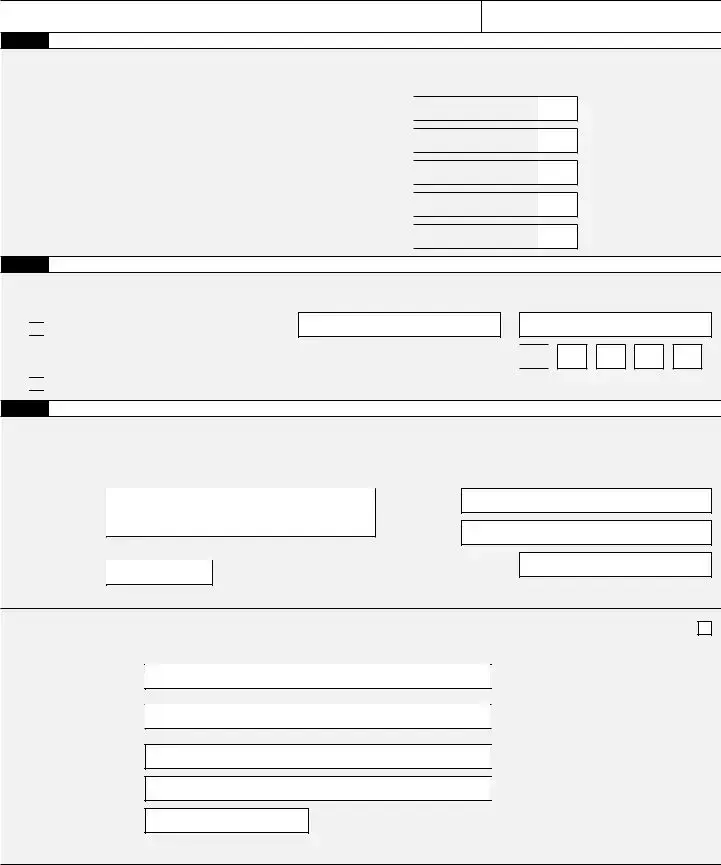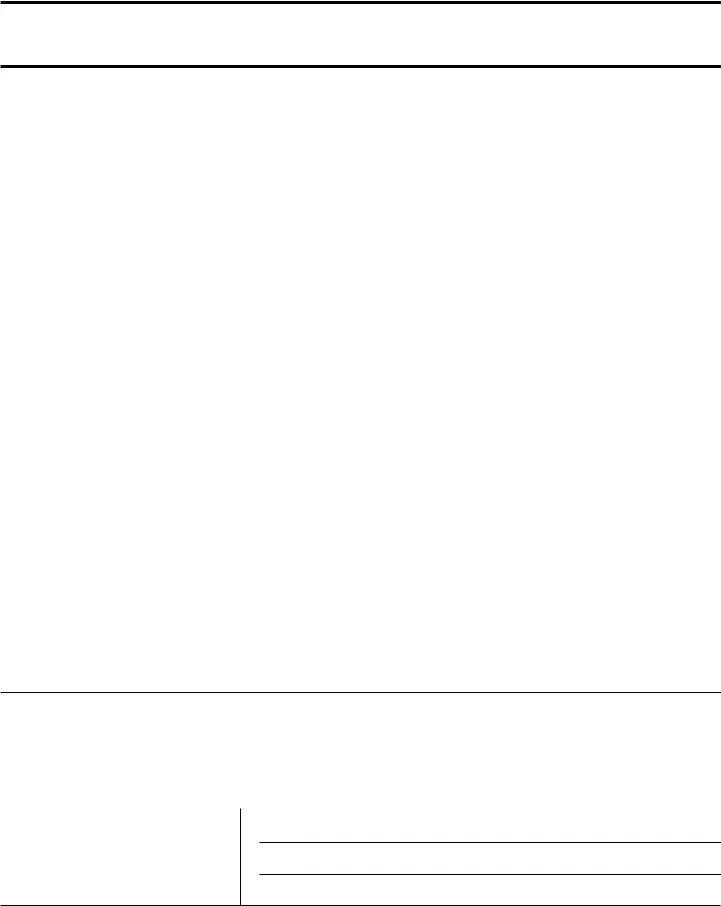The IRS 940 Form, used for reporting annual Federal Unemployment Tax Act (FUTA) tax, shares similarities with the IRS 941 Form. The 941 Form is utilized by employers to report quarterly payroll taxes, including withheld federal income tax, Social Security, and Medicare taxes. Both forms are essential for employers to comply with federal tax obligations, but while the 940 focuses on unemployment taxes paid by the employer, the 941 deals with payroll taxes withheld from employees' wages and the employers’ portion of Social Security and Medicare taxes.
Another document related to the IRS 940 Form is the IRS Form W-2. The W-2 Form is issued by employers to employees and the IRS at the end of each year. It details the employee's annual wages and taxes withheld. While the 940 Form reports the employer's annual contribution to unemployment taxes, the W-2 summarizes the employee's earnings and the federal, state, and other taxes withheld from their paycheck throughout the year.
The IRS 944 Form is also closely related to the IRS 940 Form. Designed for smaller employers, the 944 Form allows them to report their federal income tax and FICA tax obligations annually instead of quarterly, like the 941 Form. Both the 940 and 944 Forms facilitate annual reporting, but the 940 focuses on unemployment tax, whereas the 944 concentrates on income and social security taxes.
Further, the IRS 1099 Form series, particularly the 1099-MISC and 1099-NEC, bear relevance to the IRS 940 Form. These forms are used to report payments made to independent contractors or for miscellaneous income. While the 1099 Forms capture payments excluding employment taxes, the 940 Form accounts for unemployment taxes employers pay for their employees, signifying the distinction between direct employment and contractual relationships.
The Schedule H Form is a document used primarily in household employment situations. It is filed by individuals who pay wages to household employees and are liable for Social Security, Medicare, and Federal Unemployment Taxes (FUTA). Similar to the 940 Form, Schedule H is concerned with reporting taxes related to employment; however, it specifically caters to domestic employment settings.
The IRS Form 1094-C, alongside Form 1095-C, plays a pivotal role in enforcing the Affordable Care Act's employer mandate by reporting employees' health insurance coverage offered by employers. While contrasting in purpose, both the 1094-C/1095-C forms and the 940 share the commonality of employer reporting obligations to the federal government, reflecting various dimensions of employment.
Another document, the State Unemployment Tax Act (SUTA) returns, while not a federal form, is intrinsically linked to the purpose of the IRS 940 Form. Employers file SUTA returns to report wages and pay unemployment insurance taxes at the state level. Although managed separately, SUTA taxes complement FUTA taxes in funding unemployment insurance, underscoring the dual state and federal systems of unemployment insurance in the United States.
Lastly, the IRS Form 1023 shares a connection with the IRS 940 Form in the broader context of tax obligations and benefits. The 1023 Form is used by organizations seeking recognition of tax-exempt status under Section 501(c)(3) of the Internal Revenue Code. While fundamentally different in their applications, both the 940 Form and the 1023 involve formal reporting to the IRS to fulfill specific tax-related requirements or attain tax benefits.







 .
. .
. .
. .
. .
.




 No.
No.
